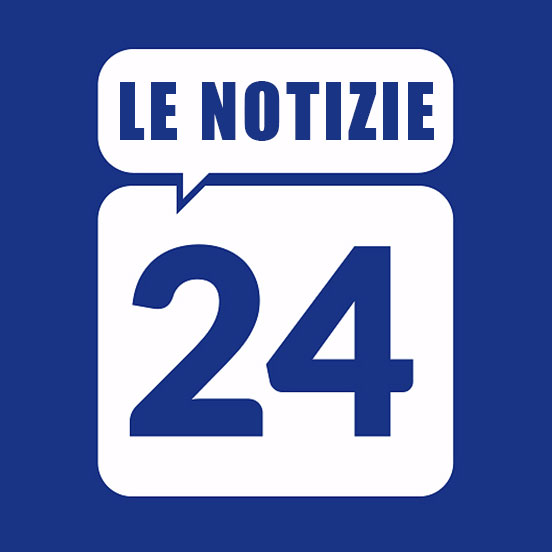“Musca Depicta”: an original exhibition dedicated to the representation of flies in visual art
A curious exhibition traces the appearances of flies in visual arts from Giotto’s school to the present day: it’s “Musca Depicta”, hosted at the Labirinto della Masone in Fontanellato (Parma) from April 6th to June 30th. The small insect will invade the exhibition rooms on the occasion of the 40th anniversary of Franco Maria Ricci’s publication of the book “Musca depicta”, in which an essay by André Chastel retraced the artistic incarnations of the buzzing dipteran in European painting from the 15th to the 17th century.
The aim of the exhibition, curated by Sylvia Ferino and Elisa Rizzardi, is to expand on the framework outlined in the book, offering a multifaceted reading of an insect that has always been considered annoying and inappropriate, but whose representation has revealed hidden aspects and controversial curiosities. Over fifty works including paintings, prints, sculptures, and manuscripts and printed volumes unfold along the path according to a specific thematic order, but as Leon Battista Alberti reminds us in the eulogy contained in the fundamental incunabulum that opens the exhibition, the fly is free: it knows no hierarchy or limits of relevance.
In ancient times, the realistic representation of a fly in a painting could suggest different interpretations, from the Christian warning not to indulge in worldly pleasures, to the idea that the ephemeral creature could embody the fleeting fame of the artist, passing through deception – trompe l’oeil – which demonstrated the painter’s virtuosity. This illusionistic trick changes its meaning over time, with some considering the fly as a symbol of death and transience, while others see it as just another insect, found competing with more attractive butterflies in still life paintings. The fly also settles indiscriminately on food and animals, as seen in Maurizio Bottoni’s immobile and hyper-realistic works, while in Yoko Ono’s video “Fly”, a naked body is crossed by flies for 24 minutes.
“Musca Depicta” offers visitors a journey through the representation of flies in art, revealing the various meanings and interpretations attached to this seemingly insignificant creature. From religious symbolism to artistic virtuosity, from mortality to the banality of everyday life, the exhibition explores the wide range of emotions and ideas that the fly evokes. It invites viewers to reconsider their perception of this tiny insect and to appreciate the creativity and imagination of artists who have captured its presence throughout history.
The Labirinto della Masone provides an immersive and unique setting for this exhibition, with its maze-like structure allowing visitors to wander and discover the different works in a non-linear way. The juxtaposition of ancient and contemporary artworks creates a dialogue between past and present, highlighting the enduring fascination with flies in the art world.
“Musca Depicta” is not only an exhibition for art enthusiasts but also an opportunity for everyone to reflect on the hidden meanings behind seemingly ordinary objects. It reminds us that art has the power to transform the mundane into something extraordinary and encourages us to look closer, beyond the surface, to discover new perspectives and narratives. So, if you find yourself in Parma this spring, don’t miss the chance to explore this intriguing exhibition dedicated to the representation of flies in visual art.
